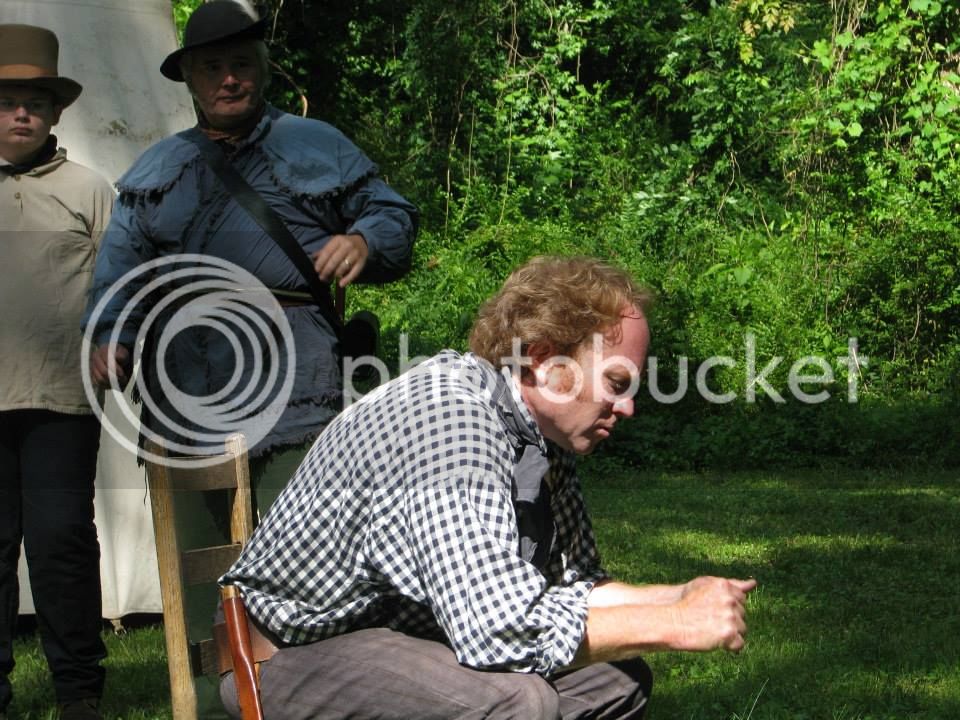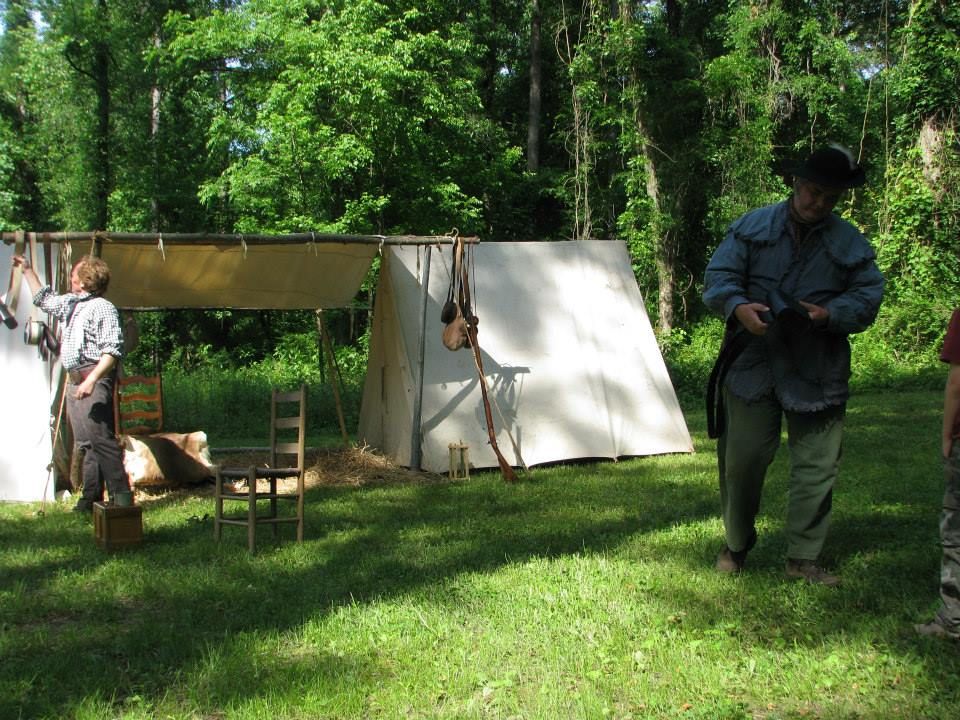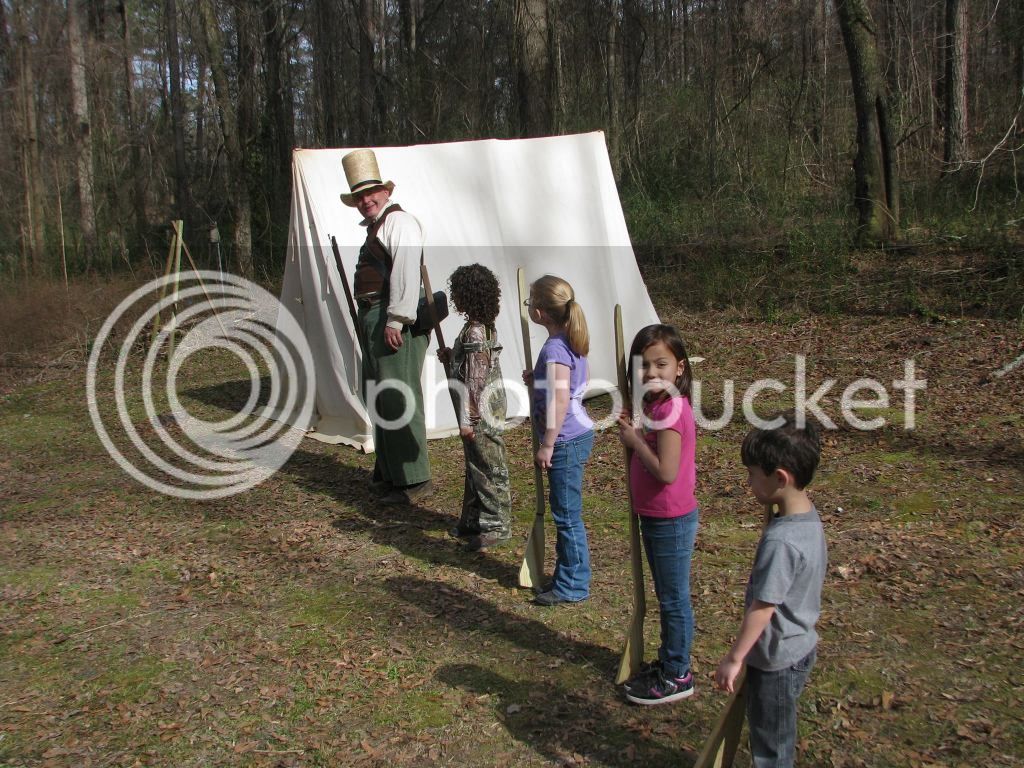All right, guys....I have an issue/question:
I teach high school learning disabled students. With most of my students, if you met them on the street, you wouldn't realize anything was wrong...unless you asked them to read or do an impromptu math problem for you.
I teach a world history class, in which we are just starting the F&I War. I have covered the Ft Necessity debacle, and will be starting Braddock's campaign soon.
Here's the issue: I've been reenacting for about 40 years, and take a lot of things for granted, including how much I think my students should know. I want to do a short unit on weapon technology of the 18th century. I can bring in a lock (probably from my Bess and from my rifle to contrast the two), and show videos and such, but probably shouldn't bring in a tomahawk or anything like that.
Any thoughts as to what you think is important that they learn? I plan on spending a looong time teaching the F&I and Rev War, so I can teach a lot of things...just not very in-depth with these kids.
Thoughts?
Thanks!!
Eric
I teach high school learning disabled students. With most of my students, if you met them on the street, you wouldn't realize anything was wrong...unless you asked them to read or do an impromptu math problem for you.
I teach a world history class, in which we are just starting the F&I War. I have covered the Ft Necessity debacle, and will be starting Braddock's campaign soon.
Here's the issue: I've been reenacting for about 40 years, and take a lot of things for granted, including how much I think my students should know. I want to do a short unit on weapon technology of the 18th century. I can bring in a lock (probably from my Bess and from my rifle to contrast the two), and show videos and such, but probably shouldn't bring in a tomahawk or anything like that.
Any thoughts as to what you think is important that they learn? I plan on spending a looong time teaching the F&I and Rev War, so I can teach a lot of things...just not very in-depth with these kids.
Thoughts?
Thanks!!
Eric








